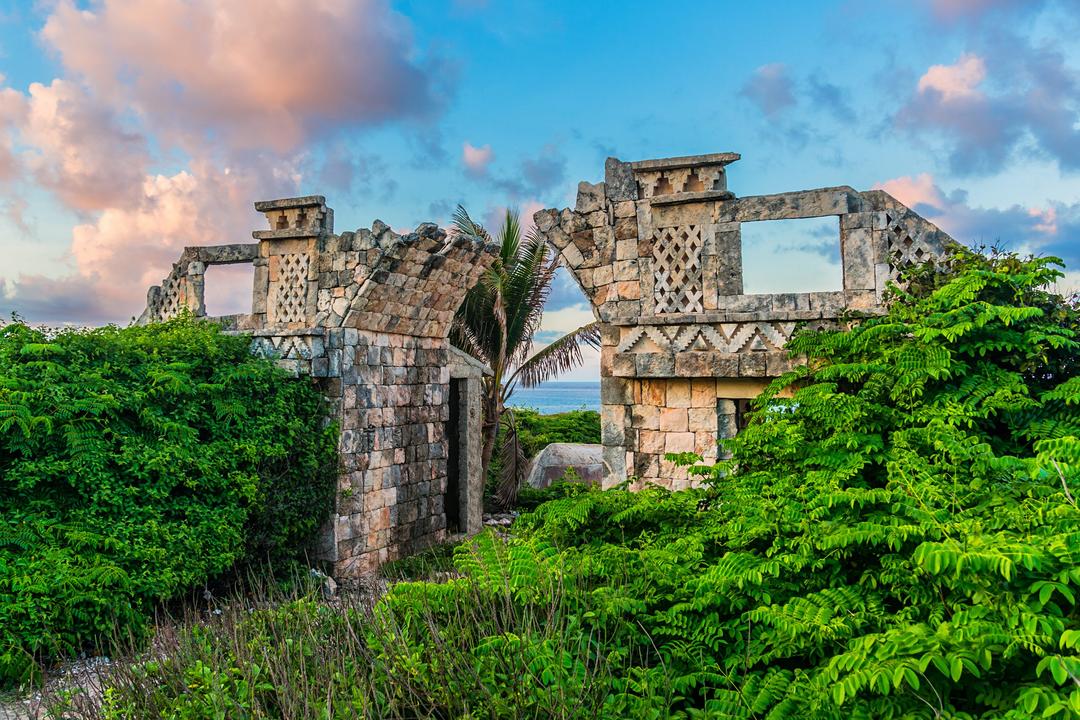La vaquita marina
We will tell you about an endangered animal that is unfortunately one of the most endangered species. Their habitat, their reproduction habits, climate change, among other issues, are preventing the survival of the vaquita porpoise.
The sea cow
This animal lives in the northern part of the Gulf of California or Upper Gulf, a mammal native to Mexico. The vaquita is currently considered an endemic animal on Mexico’s endangered species list.
Until the last century practically nothing was known about the animal, and it was not until 1958 that a detailed and reliable description of the vaquita was made.
The endangered vaquita porpoise
Among Mexico’s endangered animals, the vaquita has a designation of P, endangered, according to the official Mexican standard NOM-059-SERMARNAT-2010.
Since 1997 there has been an international committee for the recovery of the vaquita porpoise, which develops recovery plans, studies, monitoring, among other improvements to help the survival of this animal.
Also launched in 2017 was the vaquita conservation program, an action plan under the command of the Mexican government and composed of the best professionals to prevent the extinction of the species.
Thanks to this last proposal, vaquita specimens have been located and then transferred to a sanctuary under surveillance to control everything related to them.
Characteristics of the vaquita porpoise
Today, the vaquita is one of the smallest cetaceans in the world. It is native to Mexico and belongs to the phocoenidae (porpoises). In addition to vaquita, this mammal has been given several names, such as vaquita porpoise, vaquita porpoise, Gulf of California porpoise, and even cochito.
Compared to other cetaceans, its fins are longer than those of other cetaceans. It has a triangle-shaped upper dorsal fin. It measures more than one and a half meters long, with females being slightly larger than males.
It has a characteristic color, a dark gray that intermingles with the light gray of its body in the middle part and the white of its belly. Another of its most appreciated characteristics are the black spots around its eyes and the black lines that run from its lips to its dorsal fins.
Vaquita calves can be identified by their darker color, as they are light black at birth and become lighter with age. Also, in their first months of life, they weigh only 10 kilos as opposed to 50 kilos in their adult stage.
Related Posts:La vaquita marina
Continue informing yourself...

What to do in Cancun (Part 1)

Have you Been to Marimba Park?

What to do in Isla Mujeres

